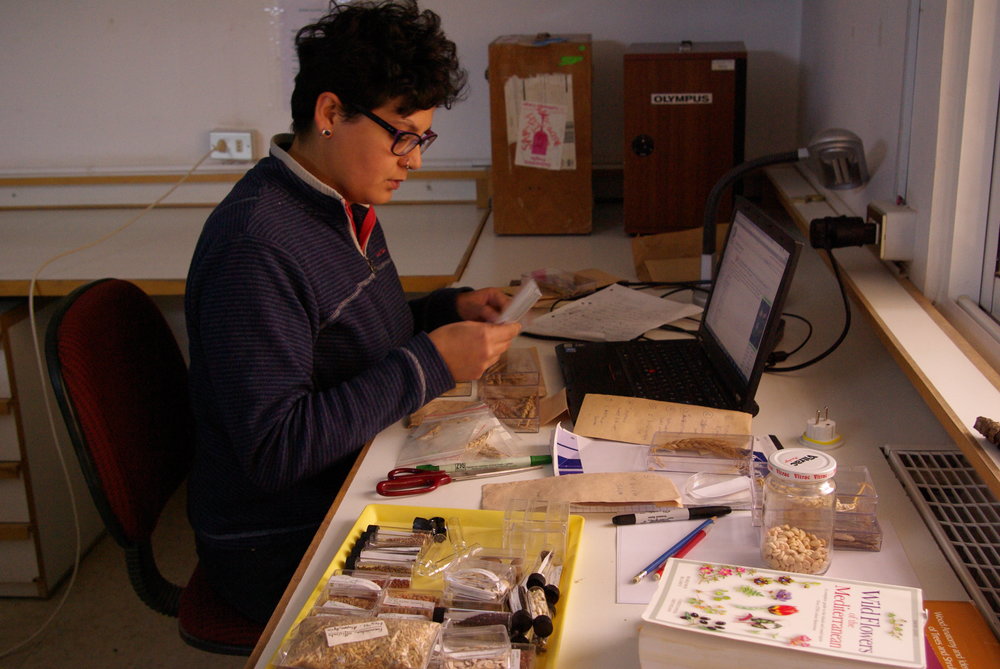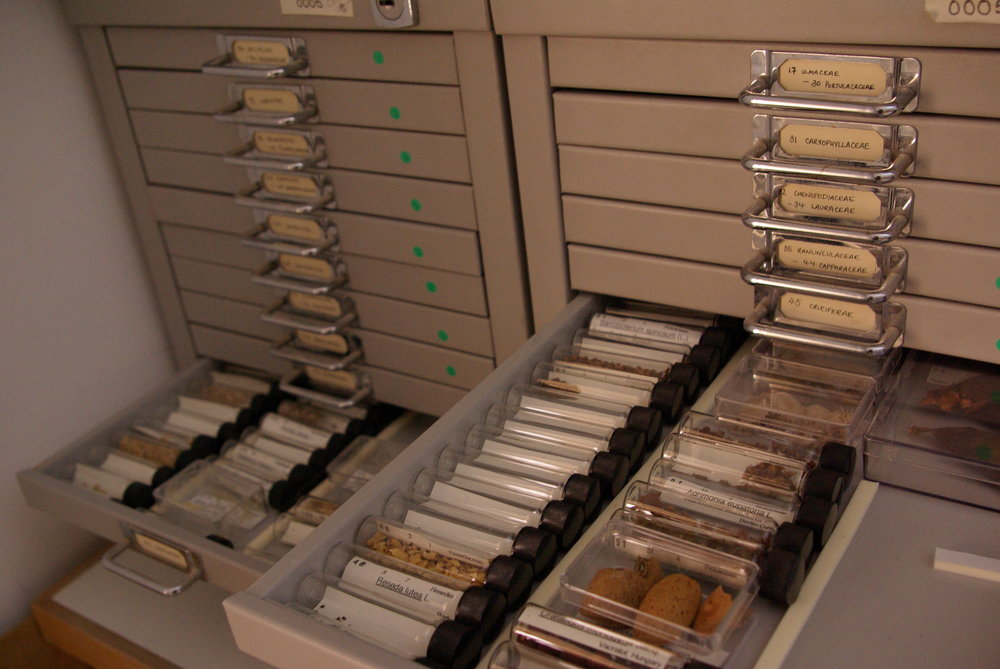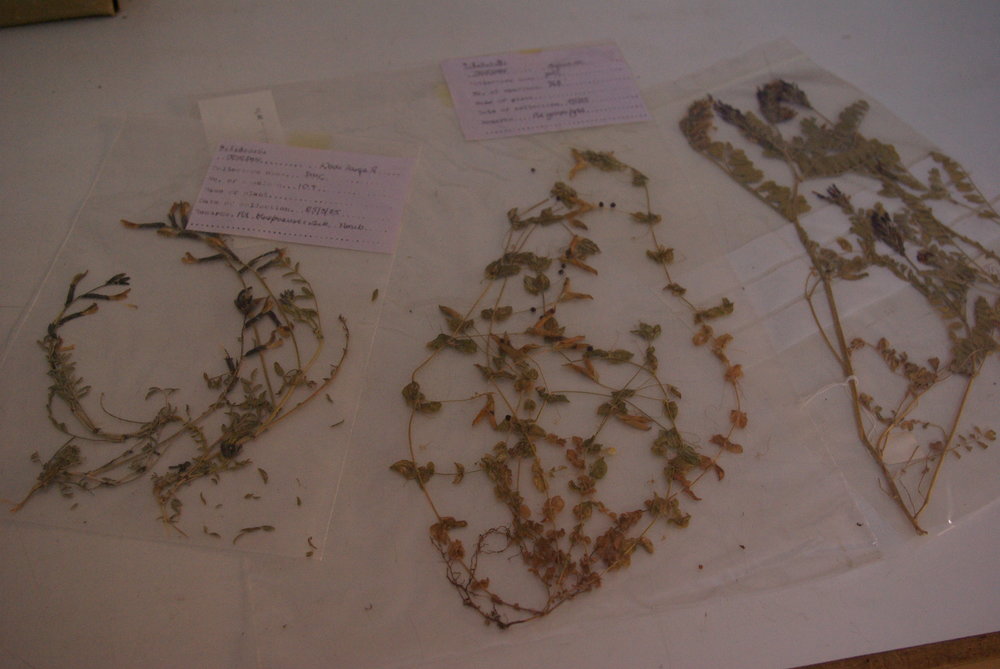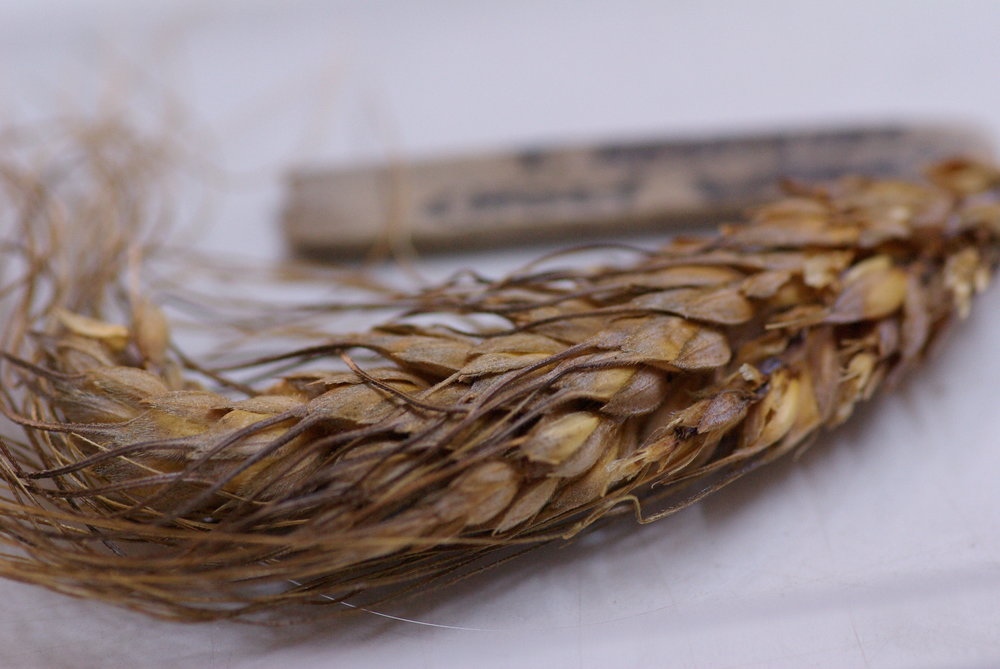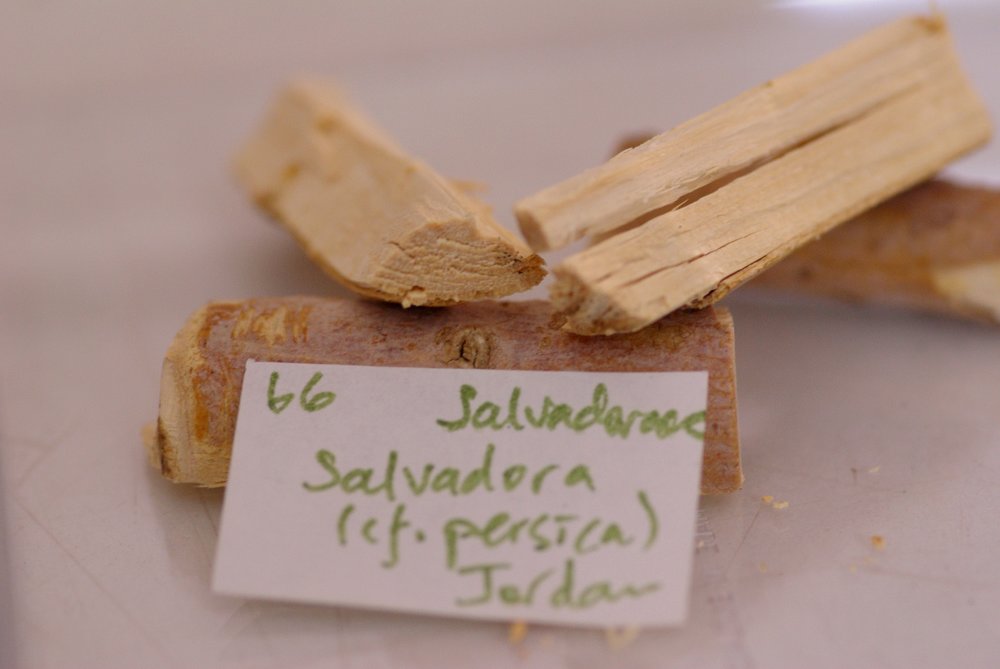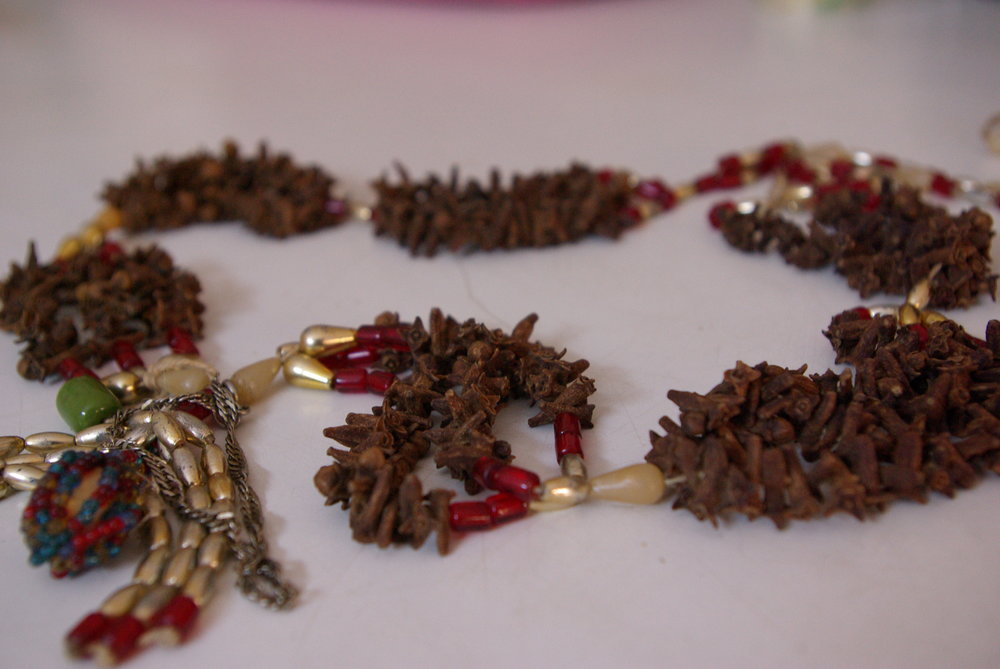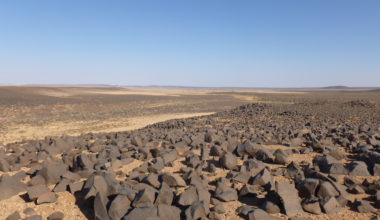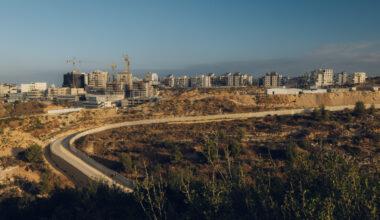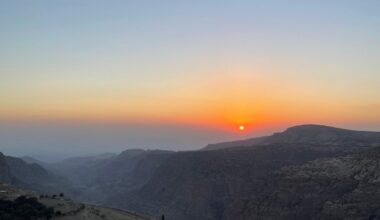by Ceren Kabukcu and the BIA team . Photos by Julio Moreno Cirujano.

Dr Ceren Kabukcu is an honorary research fellow in environmental archaeology at Liverpool University. She recently completed her PhD on wood charcoal recovered from Epipaleolithic, Neolithic and Chalcolithic sites (ca. 15,000-7,000 cal. BP) in the Konya plain, Anatolia. Her research focuses on vegetation change and woodland management practices in Southwest Asia, including human impacts on the landscape and the effects of climate change.
During Ceren’s stay at the CBRL British Institute in Amman (BIA) in March 2016 she undertook a comprehensive review of our botanical collection, formally classifying many items, particularly the economic plants and wood specimens that had been collected but not previously accessioned, as well as conducting an assessment of the collection’s overall condition.
Over the past three decades the plant collection at the BIA has been growing with contributions from Gordon Hillman, Sue Colledge, Carol Palmer, Joy McCorriston, and Eleni Asouti. Last year, Bournemouth University donated a series of phytolith reference slides from plants collected in Jordan as part of the INEA project.
Sue Colledge and Gordon Hillman started the collection in the 1980s with many herbaria specimens collected from Jordan’s badia, the desert steppe areas. After this, Carol Palmer and Sue Colledge worked together in the mid 1990s obtaining exchange herbaria seeds and accessioning seeds collected by Carol during her PhD work on farming in northern Jordan. Carol has continued collecting specimens since the 1990s, but many had remained incompletely catalogued. Dr Eleni Asouti and Dr Joy McCorriston also donated wood specimens in the intervening years, including both fresh and charred items, and Ceren added to this wood collection during her stay.
The collection follows the Flora Palaestina classification. Most families covered in the Flora are represented, with some gaps in tree fruit seeds. There are both printed and electronic records available at the Institute to facilitate searches.
The institute’s collection boasts very comprehensive wild, ruderal and weedy plant seed and herbaria specimens, making it an invaluable resource for ecological and archaeobotanical research on the region. It is especially useful for seed identification, particularly of wild taxa. Notably, the systematic collection of economic seeds from Jordan and the wider region by Carol forms an important component. Economic seeds were acquired in the grain markets in Aleppo and Nablus, as gifts from colleagues and friends in Jordan and beyond, and through seed exchange with herbaria. Dr Kabukcu successfully catalogued many recently collected specimens. She established that most specimens are in very good condition, with no or little sign of fungal decay, and that there are no insect infestations. She concluded that the conditions of the laboratory at the Institute are perfect for long-term storage of this invaluable herbaria, seed and wood collection.
Climate change and the increased importance of environmental protection measures prompted the recent publication of a ‘red list’ of endangered plants for Jordan. The list includes plants such as Phoenician Juniper, Juniperus phoenicea (endangered), and ‘desert date’, Balanites aegyptiaca (critically endangered), which are present in our collection, collected and catalogued before the drafting of this list. The publication of a red list is a welcome development which will help to protect Jordanian flora under threat from development, intensive farming, herding and gathering, and raise awareness of sustainable nature conservation. More information can be found on the website of the Royal Botanic Garden.
There is still more work to do on the collection and we encourage further involvement by archaeobotanists and field botanists to help us to maintain and develop it. Ceren recommends the institute’s laboratory as a great opportunity to spend time getting familiar with the flora of Jordan and the Levant more generally, while contributing to the organization, cataloguing and expansion of the botanical collection. Our collection is also available for reference use for those wishing to identify modern or archaeological material. According to Ceren, the laboratory is a quiet and very nice working environment and plants don’t bite (actually, some do, but not the ones here)!
The views expressed by our authors on the CBRL blog are not necessarily endorsed by CBRL, but are commended as contributing to public debate.












